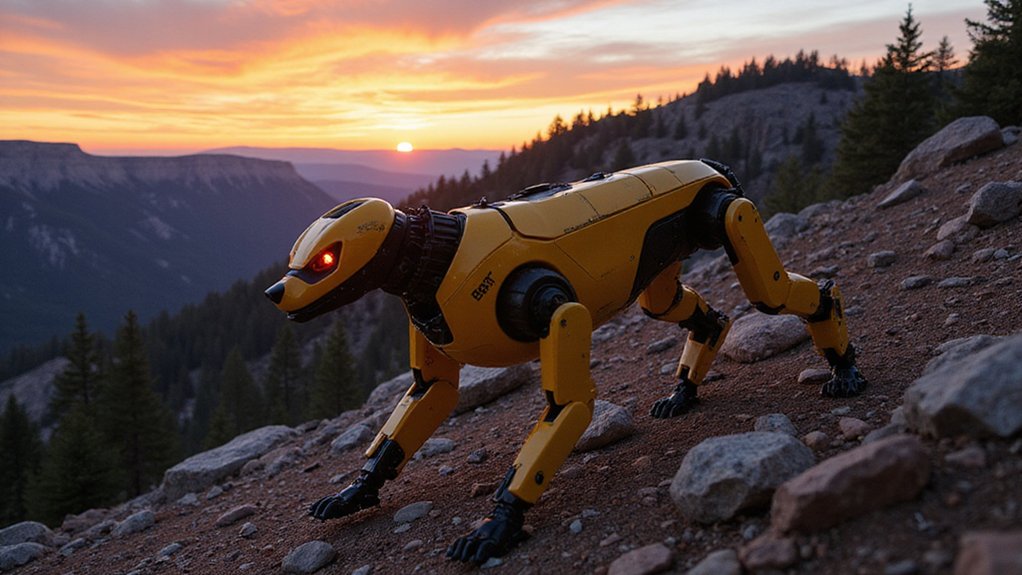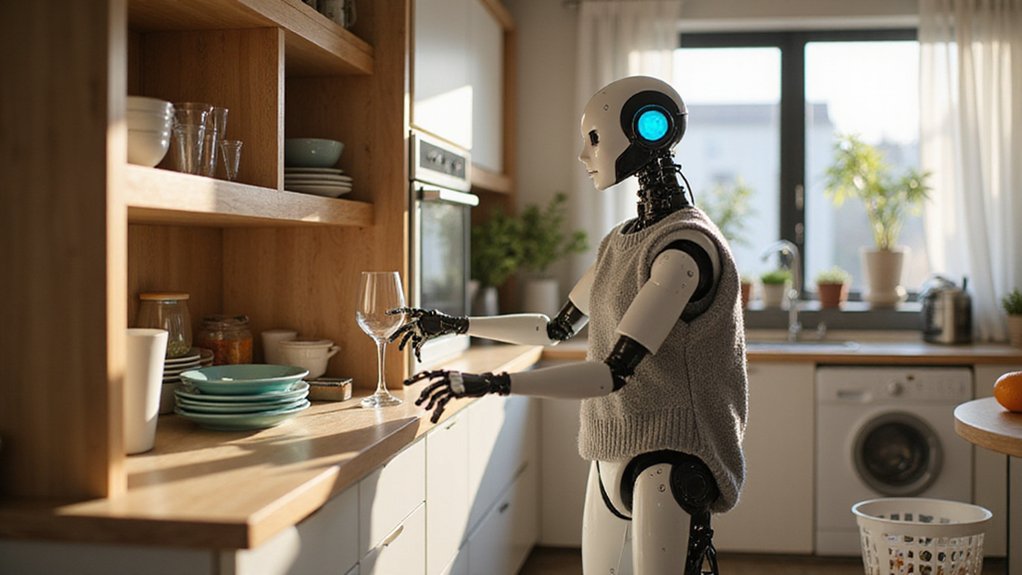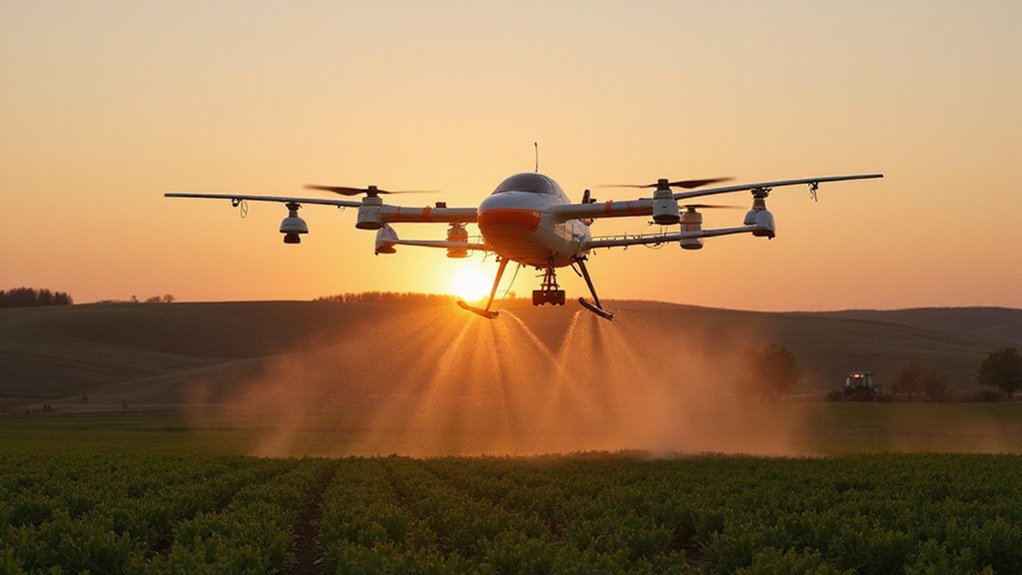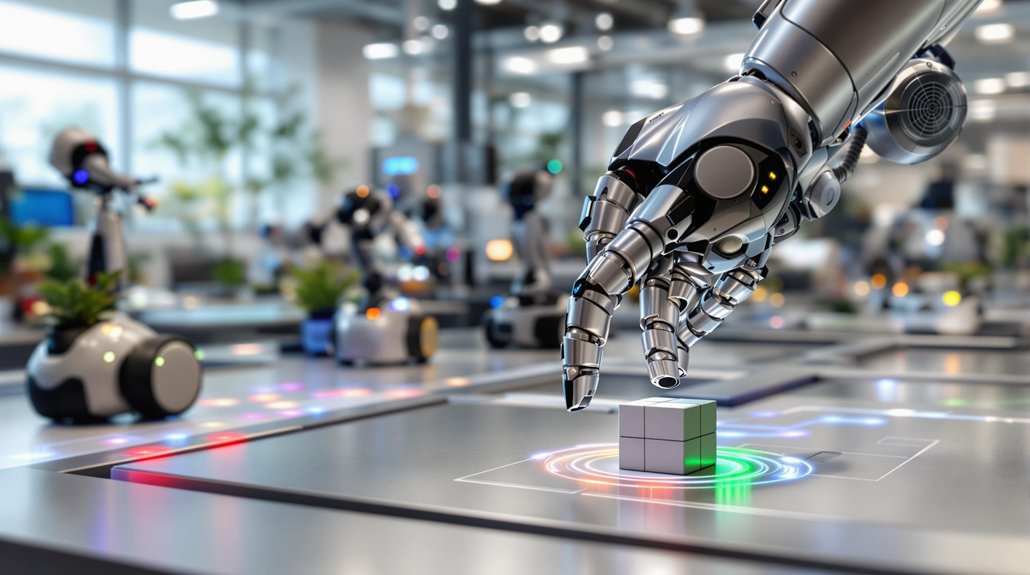Trotting through rough terrain and climbing stairs with ease, Boston Dynamics‘ robot dog Spot is showing remarkably human-like instincts in its movements and decision-making. The quadruped robot uses three motors in each of its four legs to navigate difficult environments that would stop wheeled machines. With 360-degree cameras, LiDAR, and thermal imaging, Spot sees its surroundings much like a human would.
Spot’s design takes inspiration from real animals, especially dogs. This helps it move smoothly across varied settings. Unlike robots with wheels, Spot can handle stairs, rocks, and tight spaces. It even goes down stairs backward, showing smart problem-solving skills. These abilities make it useful in homes, offices, and outdoor areas.
Nature-inspired engineering helps Spot navigate where other robots can’t, tackling diverse environments with animal-like agility.
Users can control Spot with a tablet or program it to follow set routes. The robot can map areas, avoid obstacles, and even open doors. It works well in dark places thanks to its thermal cameras. For larger operations, the Scout system can manage multiple Spots at once.
Despite its size, Spot carries up to 30 pounds of equipment. This makes it valuable across many industries. Construction sites use Spot to check progress. Farms employ it to monitor crops. Power plants send it into dangerous areas instead of workers. The robot’s autonomous navigation capabilities allow it to perform inspections in hazardous industrial environments without putting human workers at risk.
Boston Dynamics released Spot for lease in 2019 and for sale in 2020, priced at $74,500. The company plans to make 1,000 units each year. After being owned by Alphabet and SoftBank, Boston Dynamics is now part of Hyundai.
Safety features allow Spot to work without constant human watching. Its advanced systems prevent crashes and accidents. The robot performs consistently even in harsh conditions. Similar to the FAA-certified operators who control rescue drones from mobile command centers, Spot’s handlers receive specialized training to maximize its effectiveness in the field. The company’s emphasis on innovation continues to drive improvements in Spot’s capabilities and applications. This blend of animal-like movement and smart technology helps Spot work where humans can’t easily go.
As more industries adopt this technology, we’ll likely see these robot dogs becoming common sights in challenging work settings.









